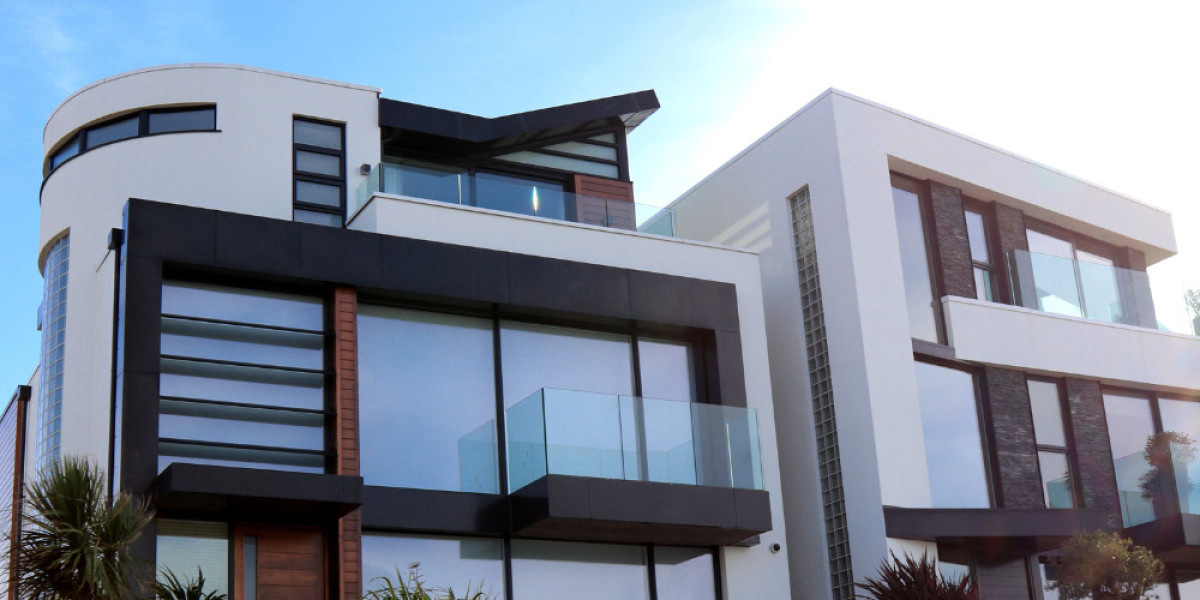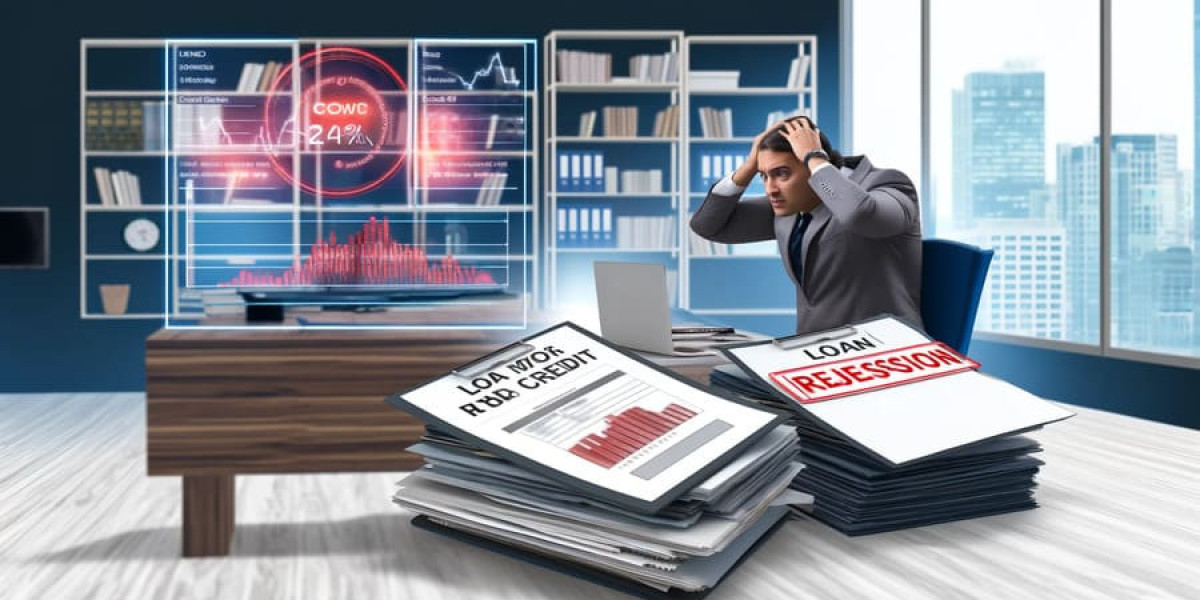Building a home from the ground up is a dream for many people, offering the ability to customize everything from the floor plan to the finishes. However, one of the biggest questions most people ask before beginning the process is: “How much does it cost to build a house?”
The answer isn’t simple. Home construction costs vary widely depending on several factors, including location, size, materials, labor, and more. In this article, we’ll break down all the essential elements that impact the cost to build home and provide an estimated price range to help you plan your budget.
1. Average Cost to Build a Home in 2025
The average cost to build a house in 2025 typically ranges from $150,000 to $500,000, depending on your location, home size, and design preferences. Here's a general overview:
| Type of Home | Estimated Cost (USD) |
|---|---|
| Basic Home (1,000 – 1,500 sq. ft.) | $150,000 – $250,000 |
| Mid-Range Home (1,500 – 2,500 sq. ft.) | $250,000 – $400,000 |
| Custom Luxury Home (2,500+ sq. ft.) | $400,000 – $1,000,000+ |
2. Major Factors That Affect the Cost of Building a House
a. Location
Land prices and construction costs vary greatly by region. Urban areas and coastal cities tend to have higher land and labor costs compared to rural areas.
b. Land Purchase and Site Preparation
Land cost: $5,000 – $100,000+
Site clearing and grading: $1,500 – $10,000
Utility connections: $5,000 – $30,000
c. House Size and Layout
Larger homes cost more to build not just because of their size, but also because of the increased labor, materials, and time required.
d. Materials and Quality
Basic materials (vinyl siding, laminate countertops) are more affordable.
Premium materials (brick exteriors, granite countertops, hardwood floors) can increase costs significantly.
e. Labor Costs
Skilled labor such as electricians, plumbers, and carpenters typically charge:
$40–$100/hour depending on region and complexity of the work.
f. Design and Architectural Fees
Basic stock plans: $500 – $3,000
Custom architectural designs: $5,000 – $20,000+
3. Detailed Cost Breakdown
a. Foundation: $5,000 – $30,000
Includes excavation, pouring concrete, and waterproofing.
b. Framing: $20,000 – $80,000
Framing includes the skeleton of the house (walls, roof, trusses, etc.).
c. Roofing: $5,000 – $15,000
Dependent on roof size, slope, and material (asphalt, tile, metal, etc.).
d. Exterior Finishes: $10,000 – $50,000
Includes siding, windows, doors, and painting.
e. Plumbing and Electrical: $15,000 – $45,000
Running pipes, installing plumbing fixtures, wiring, outlets, and circuit panels.
f. Interior Finishes: $30,000 – $100,000
Covers drywall, insulation, flooring, cabinets, countertops, painting, and more.
g. HVAC System: $7,000 – $20,000
Installation of heating, ventilation, and air conditioning.
h. Permits and Fees: $2,000 – $10,000
Costs for building permits, inspections, and utility hookups.
4. Optional and Hidden Costs
a. Landscaping: $2,000 – $20,000
Lawn, garden, fencing, and driveway.
b. Furnishing and Appliances: $10,000 – $50,000
Kitchen appliances, beds, sofas, and other essential furniture.
c. Home Automation and Security: $1,000 – $15,000
Smart devices, CCTV systems, and alarms.
d. Delays and Overruns
Bad weather, supply chain delays, or design changes can increase costs.
5. Cost-Saving Tips When Building a Home
Stick to a simple design: Avoid complex rooflines and layouts.
Buy materials in bulk: Take advantage of contractor discounts.
Do it yourself (DIY) where possible: Painting, landscaping, and finishing work.
Choose energy-efficient options: Long-term savings on utilities.
Get multiple contractor quotes: Compare prices and check reviews.
6. Building vs Buying: Which Is Cheaper?
| Aspect | Building a Home | Buying a Home |
|---|---|---|
| Customization | High | Low to Medium |
| Upfront Cost | Higher | Lower |
| Maintenance | Lower (new materials) | Higher (older systems) |
| Timeline | 6 – 12 months | Immediate (once deal closes) |
While building often costs more upfront, it offers full customization and fewer short-term maintenance issues.
Conclusion
Building a home is a significant investment—both financially and emotionally. While the cost to build a home in 2025 depends on many variables, understanding the breakdown of expenses can help you plan better and avoid surprises.








